Daniel Graham Loxton on Aelbert Cuyp at The Metropolitan Museum
At the show with the artist: Daniel Graham Loxton visits the Dutch Masters at The Met and meets Aelbert Cuyp, after sketching him as a student
One of the divine pleasures of living in New York is to visit The Metropolitan Museum of Art on a Friday night. Like clockwork, as evening approaches, all of the tourists depart for dinner and drinks, or to anywhere else, as do many of the locals who are fortunate enough to escape the city for the weekend. Those who remain after hours fall into two distinct categories: those who arrive dressed up for date night and sip champagne in the lounge overlooking the Great Hall, seldom venturing far from their cocktails (there are no drinks allowed in the galleries), and the rest of the five boroughs— the city’s artists and art lovers who indulge in the opportunity to see their favorite works in the galleries with plenty of space to reflect, time to sketch, even, without the crowds to obstruct their view. On certain Friday nights you can wander entire wings of the museum in relative solitude, the sounds of chamber music from the balcony lounge becoming faint as you set forth on your route. Tasked with recording my impressions of the special rehanging of The Met’s 17th century Dutch Masters, I take an evening stroll past some of my favorite works along my route, revisit a compelling landscape by Aelbert Cuyp, and wind up in the Robert Lehman rotunda, where a number of exhibitions which resonated deeply with me as a young painter have taken place over the years.
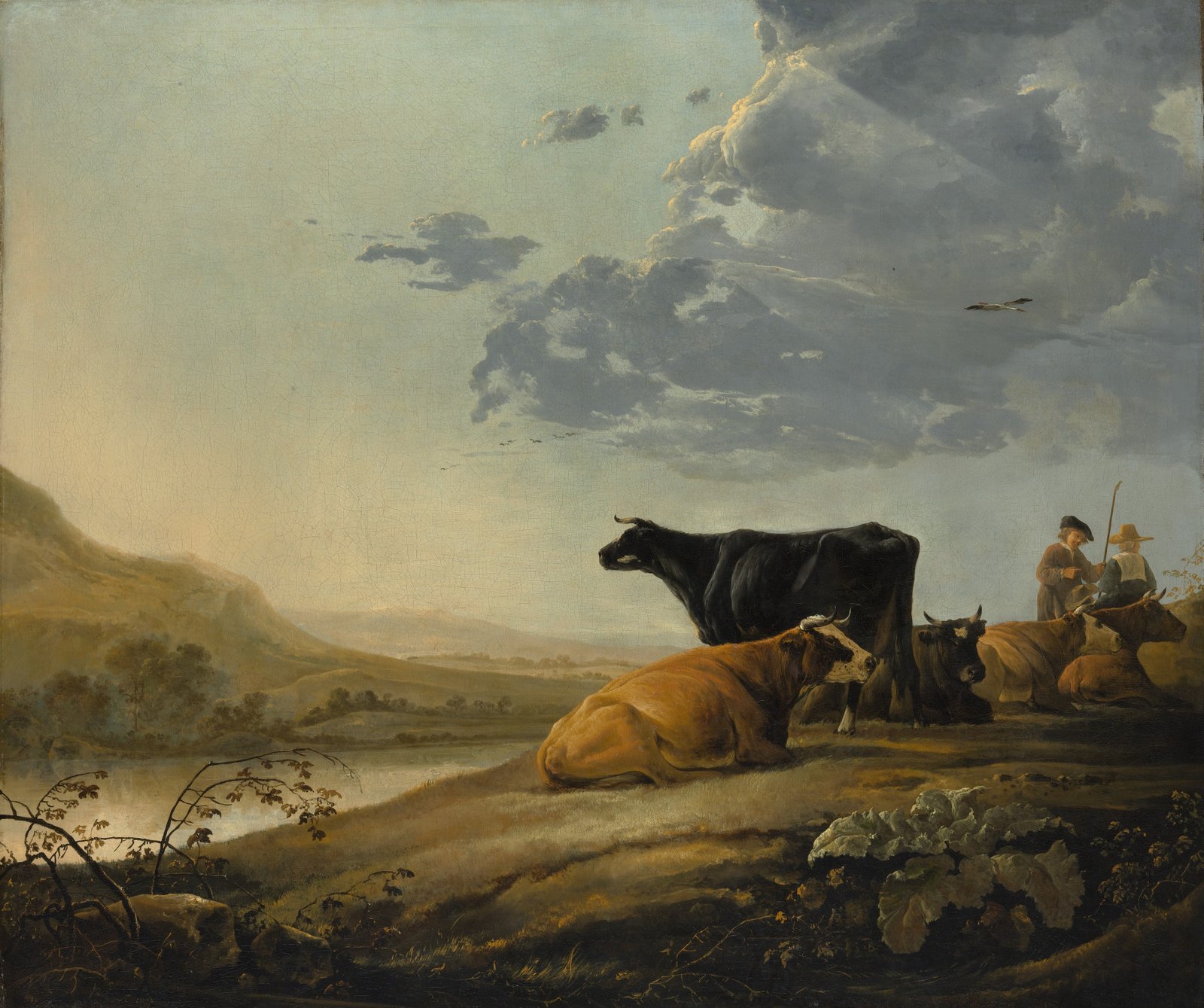
I arrive from Central Park, just as the museum begins to close, at around a quarter to five. I watch the crowds depart for a moment from the north side of the stairs on 5th avenue, while the familiar saxophone player plays for tips and a teenage couple kisses at one of the café tables near the fountains. It’s September and the late afternoon sun still shines in a couple of long triangles across the building’s southern wing. I pause and snap a photo of the façade with this golden light and blue sky behind it, and the green trees of Central Park and the poster sellers hawking posters beneath them. There’s just enough daylight to visit the European Painting galleries on the second level if I hurry. Avoiding the crowds now descending onto the sidewalk in droves, I duck into the educator’s entrance at street level, just south of the main staircase. Once inside, I grab my ticket and take the back stairs up through the hall of Greek and Roman statues, past a coterie of high heeled visitors, and onward, quickly, up the grand staircase, and into the galleries dedicated to European Painting.
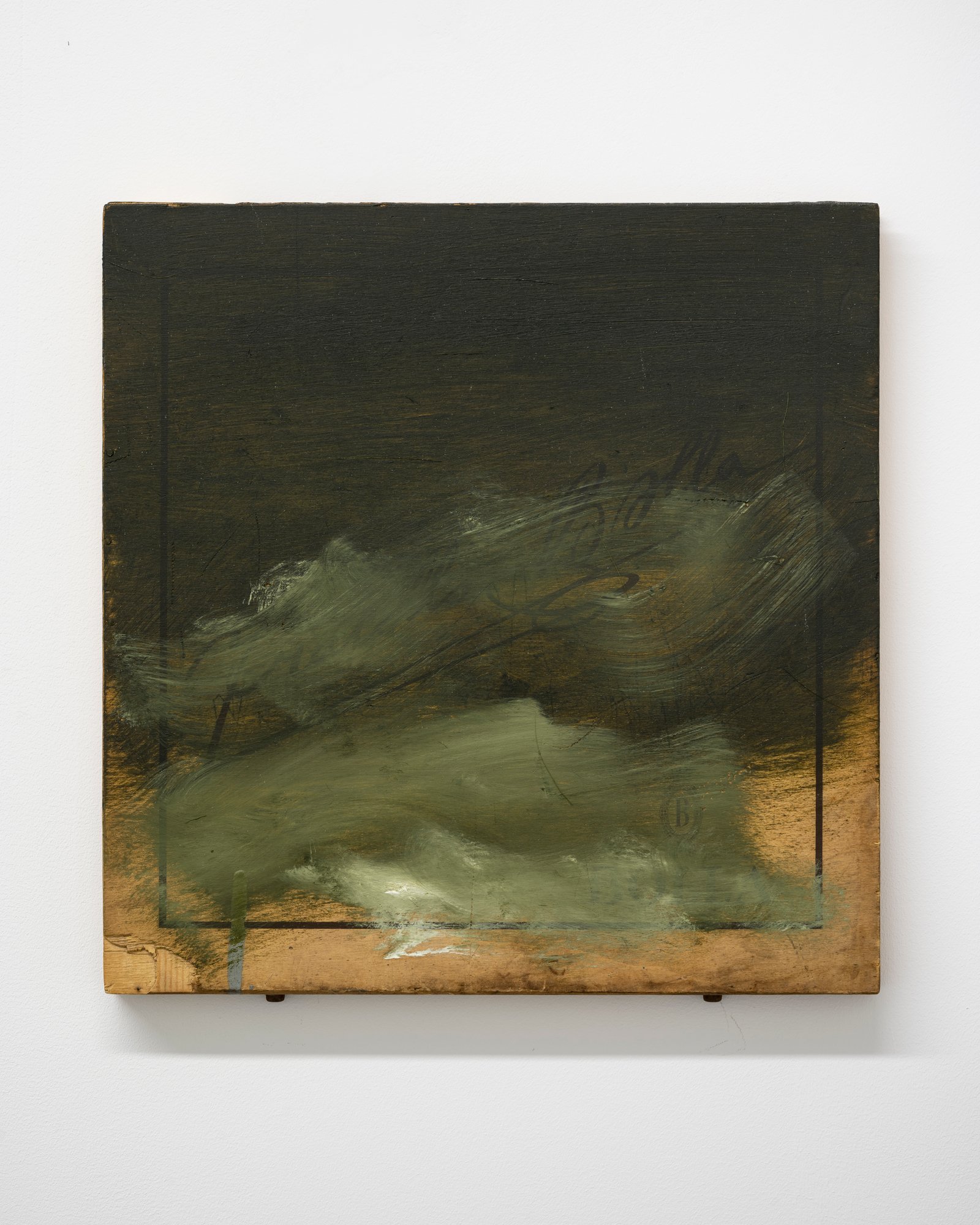
Losing light fast, and still too close to the Great Hall to have the galleries all to myself, I map my route by must-see works. First, Island of The Dead, 1880, by the Swiss painter Arnold Böcklin. The blue in the background of this painting, the central grove of pitch black cypress trees and the impossible angle of light, stuns me every time. Sated, I move on. Next I visit Gustave Courbet’s nude, The Source, 1862, a painting which is said to be a sly response, or, the backside, to an Ingres painting of a frontal facing nude pouring out a jug of water which was exhibited the year before. It’s far less salacious than Origin of the World, but incredibly sexy nonetheless. The skylit galleries are getting dark as I make way toward the contemporary wing. On my way out, I stop in front of Paul Cezanne’s, The Artist’s Uncle as a Monk, 1866. It looks as if it was painted with a garden trowel. The paint is so thick that it reminds me of oyster shells adhered to the surface. In the contemporary wing is one more painting which I never miss on a visit to The Met, and on this occasion the title is eerily prescient, Cy Twombly’s, Dutch Interior, 1962. This is part of a group of works by Twombly, made in Rome, just after his intense cycle of Ferragosto paintings. The synchronicity of the title, and of visiting this painting in the month of September, in fading light, affirms my soul. Finally, walking beneath the medieval gate on the main level, and briskly through the faux Catholic cathedral filled with gold altarpieces and reliquaries, I arrive at the Robert Lehman wing, where the special exhibition is on view.
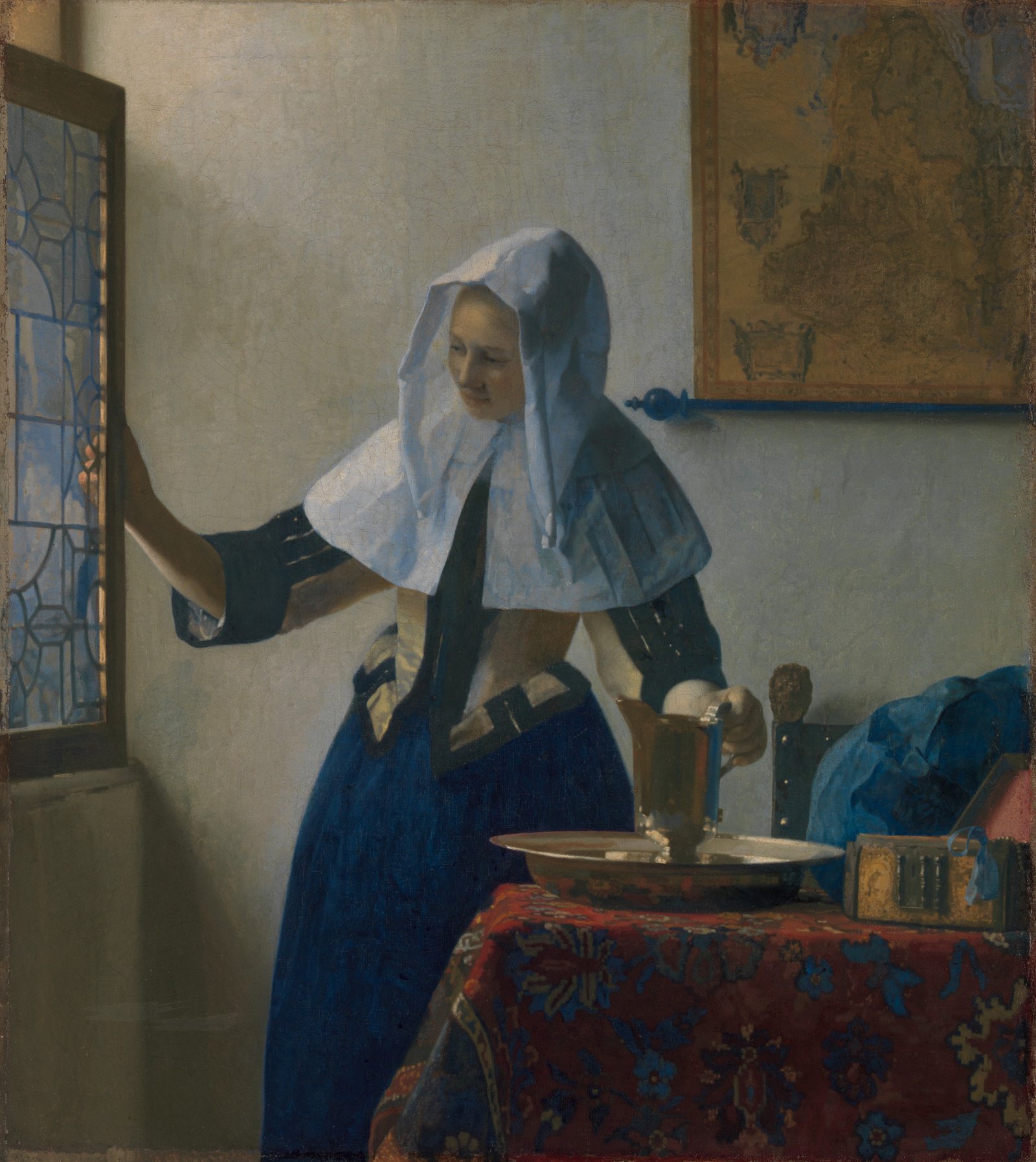
In Praise of Painting: Dutch Masterpieces at The Met, opened in October of 2018 and closed this September, 2023. The press release describes the reimagined hanging, which unites works from various galleries within the museum, as, “Dutch paintings of the seventeenth century—the Golden Age of Rembrandt, Hals, and Vermeer—have been a highlight of The Met collection since the Museum’s founding purchase in 1871. This exhibition brings together some of the Museum’s greatest paintings to present this remarkable chapter of art history in a new light.” Interestingly, in the Robert Lehman wing, where the exhibition is installed, the façade of the original 1870 Victorian Gothic building is still visible inside the soaring concrete and glass rotunda. In this anachronistic space, modern concrete pillars sit alongside centuries-old arches of red stone and gray granite blocks, forming the eastern wall. One flight down, on the lower level, these 67 masterworks sit nestled in moody carpeted corridors and trapezoidal rooms reminiscent of a wealthy American family home in the late 1960s or 70s. It is a peculiar blend of old and even older architecture. Entering this sunken central space feels subterranean, bunker-like, even soundproof – an interesting facet to note with this exhibition, which primarily depicts the spoils of the wealthy: ornate still lifes teeming with sexualized fruit, flowers and assorted curios, intense chiaroscuro portraiture, and allegorical landscape painting. Considering the subject matter, it feels aptly situated in some cases, these private paintings in private quarters, yet in others, such as the landscapes, the complete lack of actual sunlight feels oppressively remote.

During its five year run, I have had the privilege to experience this grouping of Dutch masterworks slowly, over time, visiting the exhibition on a number of occasions. This has given me a chance to sufficiently digest the outsized presence of some of the more famous paintings by Vermeer and Rembrandt. In particular, Vermeer’s Young Woman with a Water Pitcher, 1662, and Rembrandt’s, Self Portrait from 1660, which together brought the museum worldwide acclaim upon their acquisition in 1889 and 1913, respectively. Just as New York itself was built upon a Dutch colonial legacy, so is The Met’s collection, built upon a foundation of Dutch painting. Of the 36 paintings attributed to Vermeer, The Met owns 5 of them. Also in the collection are 20 masterworks by Rembrandt, including his Self Portrait of 1660, and his unflinching portrait of the syphilitic painter, Gerard de Lairesse. Rounding a corner in these subterranean galleries, I’m stunned to see a work by Aelbert Cuyp, titled Young Herdsman with Cows, 1655-1660. It is a work I studied intimately many years before, as an undergraduate in art school, tasked back then with choosing a masterwork to copy from The Met’s collection.
Young Herdsman with Cows, is certainly not the most outwardly striking work on display, not by far. That title would likely go to Frans Hals’, 1616 painting, Merrymakers at Shrovetide, a crowded and frenetic canvas, full of Mardi Gras revelers, ruddy-faced and inebriated, surrounding a young maiden (though likely a boy in drag), complete with a dazzlingly ornate and gravity-defying lace collar. On the table sits a selection of still life objects in the foreground — thick sausages, eggs and oysters, all rife with sexual innuendo. In stark contrast, the overall mood in Cuyp’s Young Herdsman with Cows, is reductive, subdued and languorous. A minor figure, even among Dutch landscape painters in this exhibition, the artist was seen as a disciple, or skilled copyist, namely of Jan van Goyen, who’s earthen ochre and umber palette, Cuyp admired throughout his relatively short career.
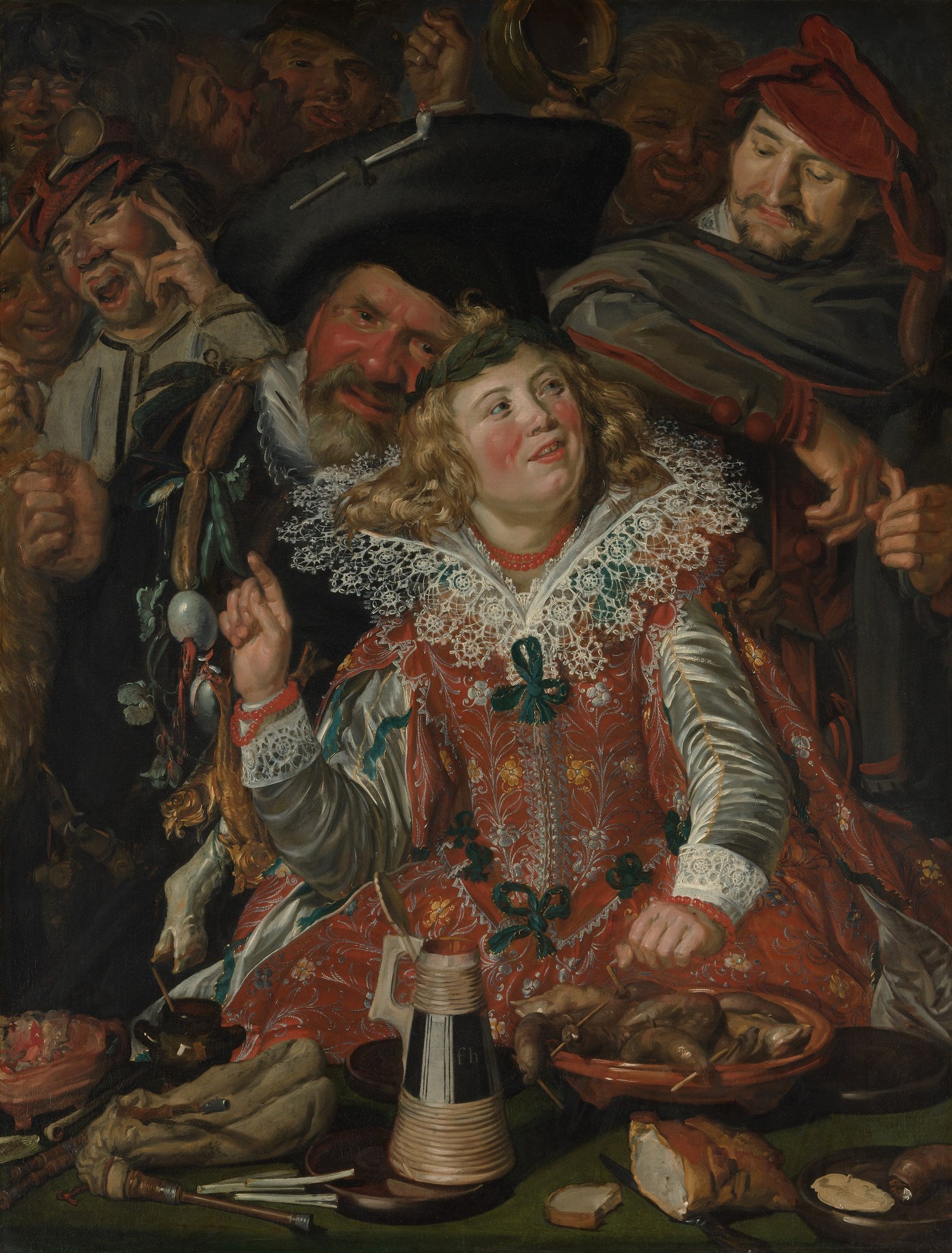
Perhaps an arbitrary choice at first, Cuyp’s cows, shrubs, the distant hills, and backlit clouds, were some of the first things I ever rendered in oil paint. The lilac tinged, gray clouds with Naples yellow spilling over from behind. Cows rendered in chromatic blacks and browns, and the gradation of cool, white, crescent shaped highlights on the shoulders, and the warm, corporeal hindquarters. Looking at Cuyp’s landscape paintings now I see the intimation of a serene benevolence in these animals — it’s almost tragic. The human figures are secondary. A small drama plays out in their interactions, but they are largely obscured by the soft hill covered in wild cabbage and the haunches of a sow. It is said that Cuyp sketched in nature, but the paintings were almost always studio creations, incorporating some of the same sketches (the cows, the windmills, the cabbages) from one painting to the next. The carefully composed canvas, the relationships between the ground, the repeating figures, and light make me think of Morandi’s bottles and vases, and the gloaming, spare landscapes of Pissarro. Of ordinariness in all of its splendor.
It is a subtly mysterious work, which attracted me on some granular level years ago, and only now is the complete picture coming into focus. Moved by seeing it again, I decide to sketch out the painting in a series of thumbnails, working out the composition on paper. Briefly lost in my sketchbook, I am tapped on my shoulder by an older woman who has two bags tethered to her side. I could see a local Chinese newspaper peeking out from one of them. She looks at me and gestures to the bench where I’m sitting, and where she might sit as well. I shift over and smile. We share the portion of the bench nearest the painting, and for a minute or so, look at it silently while I sketch. When she speaks I almost don’t notice, “Do you know if it is morning or evening in this painting? It is hard to tell.” She is right. I cock my head to the side, raising my hands and shoulders as if to say, “I don’t really know.” She smiles at me, stands up and takes a closer look at the painting, before walking off on her route.
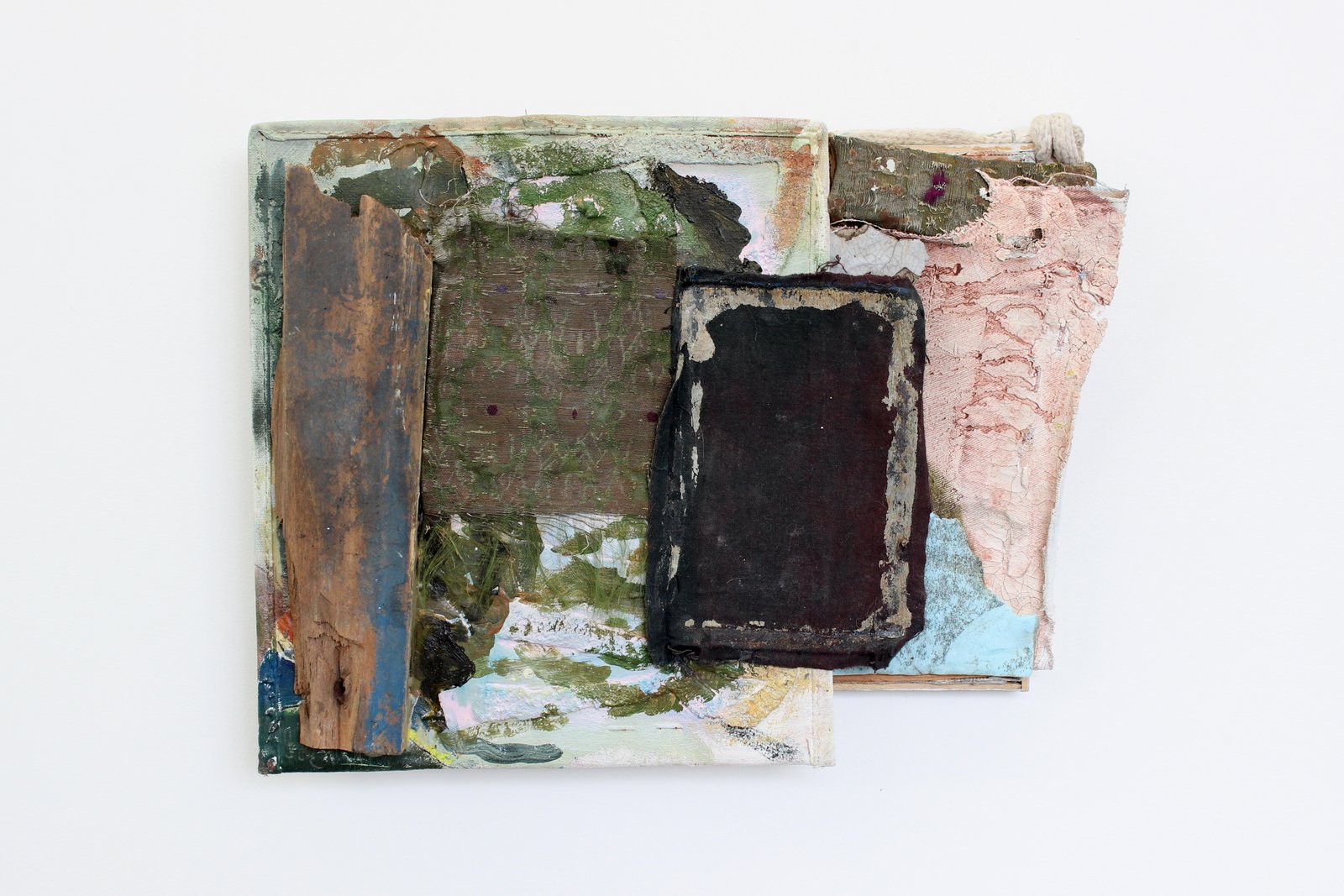
Was it the warm late afternoon sun which blurs the hills on the left and creates a certain thick, glowing atmosphere? Or was the sun only just rising, breaking through the morning fog and sending streams of sharp sunlight through the clouds in blue, white, and gold spears toward the cows, waking them from sleep? I believe it is hard to discern the exact hour of day that this painting depicts because Cuyp borrowed the golden light of Southern Europe, inspired by Italian painting, and transposed it to a Northern landscape. As a result, it is seemingly both sunrise and sunset, at once cool and warm, delineated partway through the work by a strong downward diagonal thrust created by the rightmost edge of the mountains and the sun rays which cut through the clouds on the top left. A crisply rendered bird flies with this diagonal movement from left to right, further emphasizing the divide, while bringing our attention to the figures in the foreground. It is masterfully executed — both subtle and luminous, and I am grateful it has remained with me over the years.
October 5, 2023
